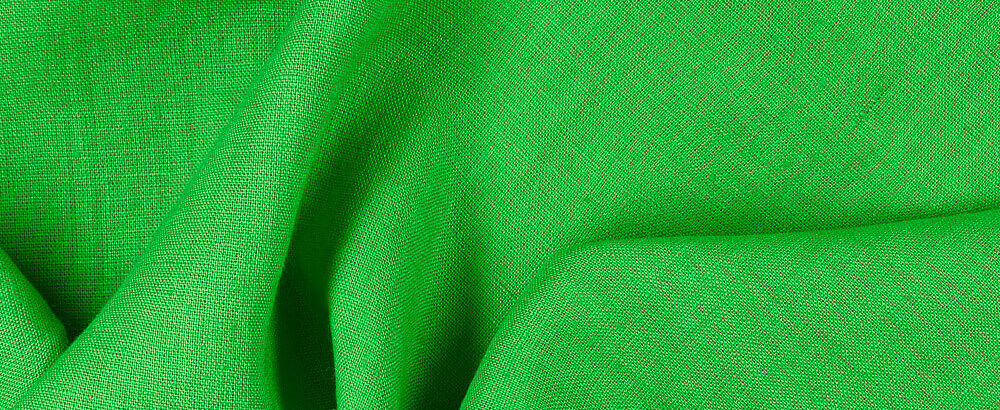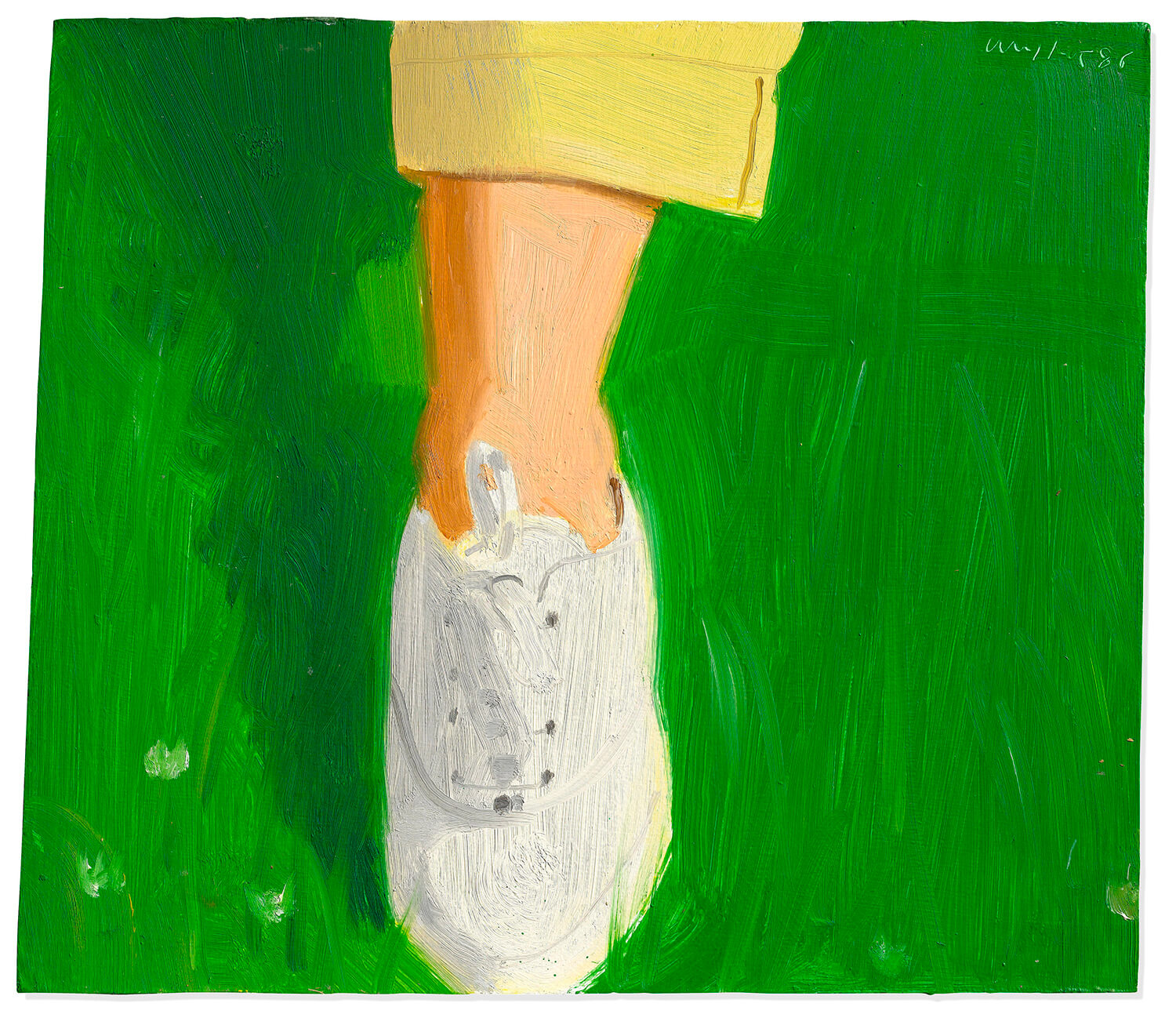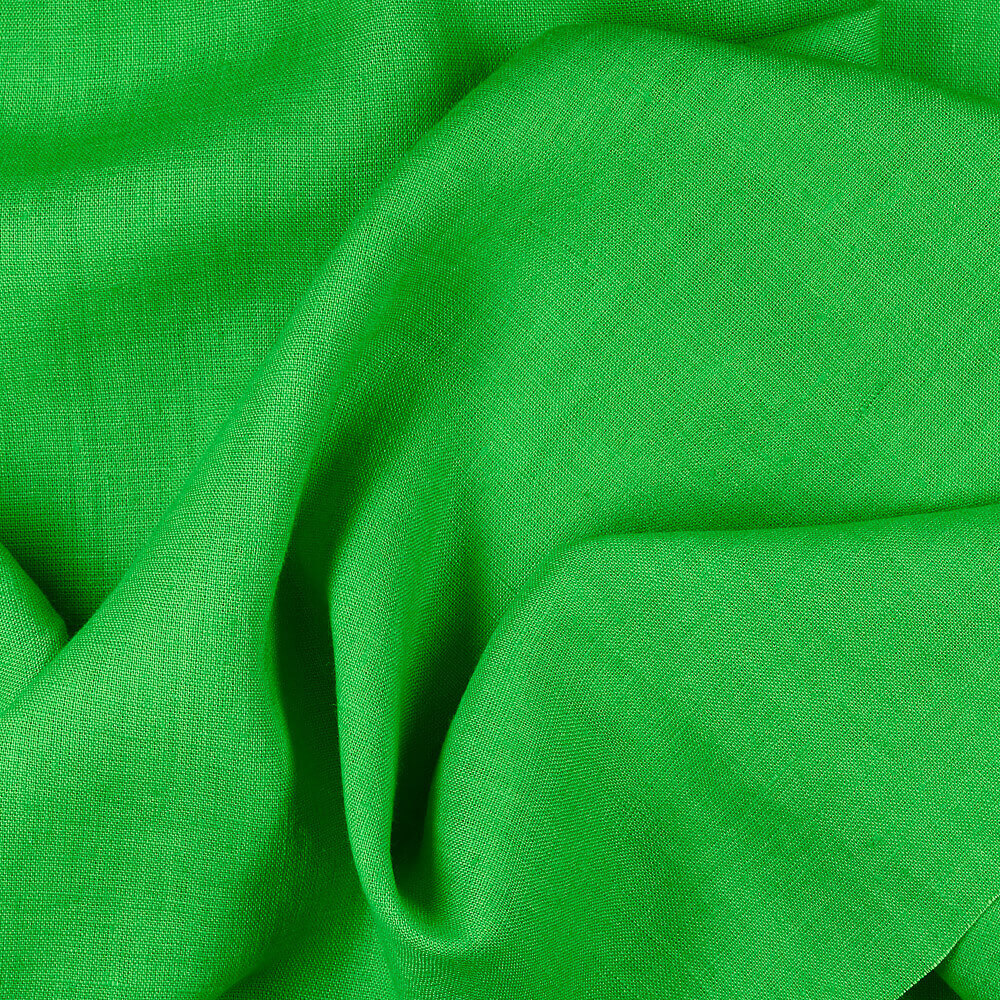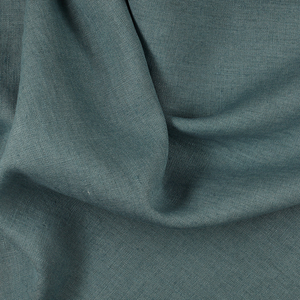FS Colour Series: Classic Green Inspired by Alex Katz’s Fresh Vitality
Alex Katz has a crisp, cool, and minimal way of capturing modern life, conveying it with breezy, airy brushstrokes and simple, vibrant colours. From early in his career, he has painted the small, yet enjoyable moments of life as they unfold around him; people at parties, his wife in the snow, buildings glinting at night or forests lined with rows and rows of trees. Fresh, vibrant shades of green appear again and again, off-set against bright white, grey and black, a cool palette that reflects the effortless nonchalance of his life in New York City and Maine, where he spends his summer holidays.
Katz was born in Brooklyn in 1927, and he grew up in the neighbourhood of St Albans in Queens. In 1946 he went on to study at the Cooper Union, where tutors tried to instill in him the doctrines of Cubism, the Bauhaus, and abstraction. Katz was less than impressed but he was determined to be an artist in his own way. It was painting outdoors during a summer scholarship in Maine that allowed Katz to really find his style. He began painting directly from life in a quickfire, spontaneous way, explaining, “You’re working from inside your head, not thinking, just doing it.” Katz was so struck by the unique light of Maine that he eventually bought a summer house there with a large expanse of a garden in 1963, and he continues to go there on his summer vacations today.
Throughout his early years as an art school graduate Katz was determined to be a figurative painter despite the prevailing dominance of Abstract Expressionism that was rising all around him. After 10 years of hard graft, Katz was able to carve a niche for himself, with slick, polished paintings that merged the bright colours and polished veneer of Pop, and the all-over compositions of abstraction with real people and places. Throughout this time he toyed with a balance between loose, painterly marks, and areas of broad, flat colour.
In many of Katz’s best-known artworks, he zeroes in on a single subject, creating a close-up view of a snapshot moment, as instantaneous as an i-phone photograph. The slight, deceptively simple small oil painting White Sneaker, 1986, is one such painting, only showing us the cropped detail of a woman’s white tennis shoe against glowing green grass, yet there is enough detail here to convey the fresh vitality of a summer day, as bare ankles, crisp shadows and freshly cut grass speak of sunshine and the simple pleasures of outdoor leisure pursuits.
Over the years Katz has made numerous small studies of green, outdoor space, painting it with loose, fluid brushstrokes and ‘all-over’ designs that mimic the decentralised Abstract Expressionist paintings of Jackson Pollock and Lee Krasner, as much as the close, cropped compositions of Japanese prints. We see Katz exploring these references in the small oil painting Dogwood, 1996, in which loose, fluid passages of vibrant forest green swish across the backdrop of the painting, like wet leaves or grass bristling in the breeze. Over this surface Katz scatters a dense network of white marks and loose, linear lines describing branches and leaves that almost fill its surface in a decorative, Japanese-style pattern.
Throughout his long career, Katz has experimented with the possibilities of printmaking for extending his visual language. In the wide-format Forest, 2009, Katz merges the techniques of woodcut and linocut into a single image, to convey the varying textures and patterns of a wild Maine forest. As with many of his paintings Katz plays with a decentralised design here, creating a frieze-like pattern as craggy silver trees bend this way and that across a bright green backdrop as wide as a cinema screen, and ephemeral leaves dance across the surface, creating movement, light and shadow.



















































Leave a comment